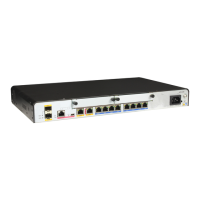Figure 2-4 Networking diagram for a local LDP session (II)
L S R B
G E1/0 /0
10.1 .1.1 /30
G E1/0 /0
10.1 .1.2 /3 0
L S R A L S R C
G E2/0 /0
10.2 .1.1 /30
G E1/0 /0
10.2 .1.2 /3 0
Loopback1
1.1 .1.9 /3 2
Loopback1
2.2 .2.9 /3 2
Loopback1
3.3 .3.9 /3 2
Configuration Roadmap
The configuration roadmap is as follows:
1. Enable global MPLS and LDP on each LSR.
2. Enable MPLS on interfaces of each LSR.
3. Enable LDP on directly connected interfaces where local LDP sessions are to be
established.
Data Preparation
To complete the configuration, you need the following data:
l IP address of every interface on every LSR as shown in Figure 2-4, OSPF process ID, and
OSPF area ID
l LSR ID of every LSR
Procedure
Step 1 Assign an IP address to every interface.
Configure IP addresses for interfaces on every LSR as shown in Figure 2-4, specify loopback
addresses as LSR IDs, and configure OSPF to advertise routes of network segments to which
the interfaces are connected and routes to the loopback addresses. The configuration details are
not provided here.
Step 2 Enable global MPLS and LDP on every LSR.
# Configure LSRA.
<LSRA> system-view
[LSRA] mpls lsr-id 1.1.1.9
[LSRA] mpls
[LSRA-mpls] quit
[LSRA] mpls ldp
[LSRA-mpls-ldp] quit
# Configure LSRB.
<LSRB> system-view
[LSRB] mpls lsr-id 2.2.2.9
[LSRB] mpls
[LSRB-mpls] quit
[LSRB] mpls ldp
[LSRB-mpls-ldp] quit
Huawei AR1200 Series Enterprise Routers
Configuration Guide - MPLS 2 MPLS LDP Configuration
Issue 01 (2011-12-30) Huawei Proprietary and Confidential
Copyright © Huawei Technologies Co., Ltd.
73

